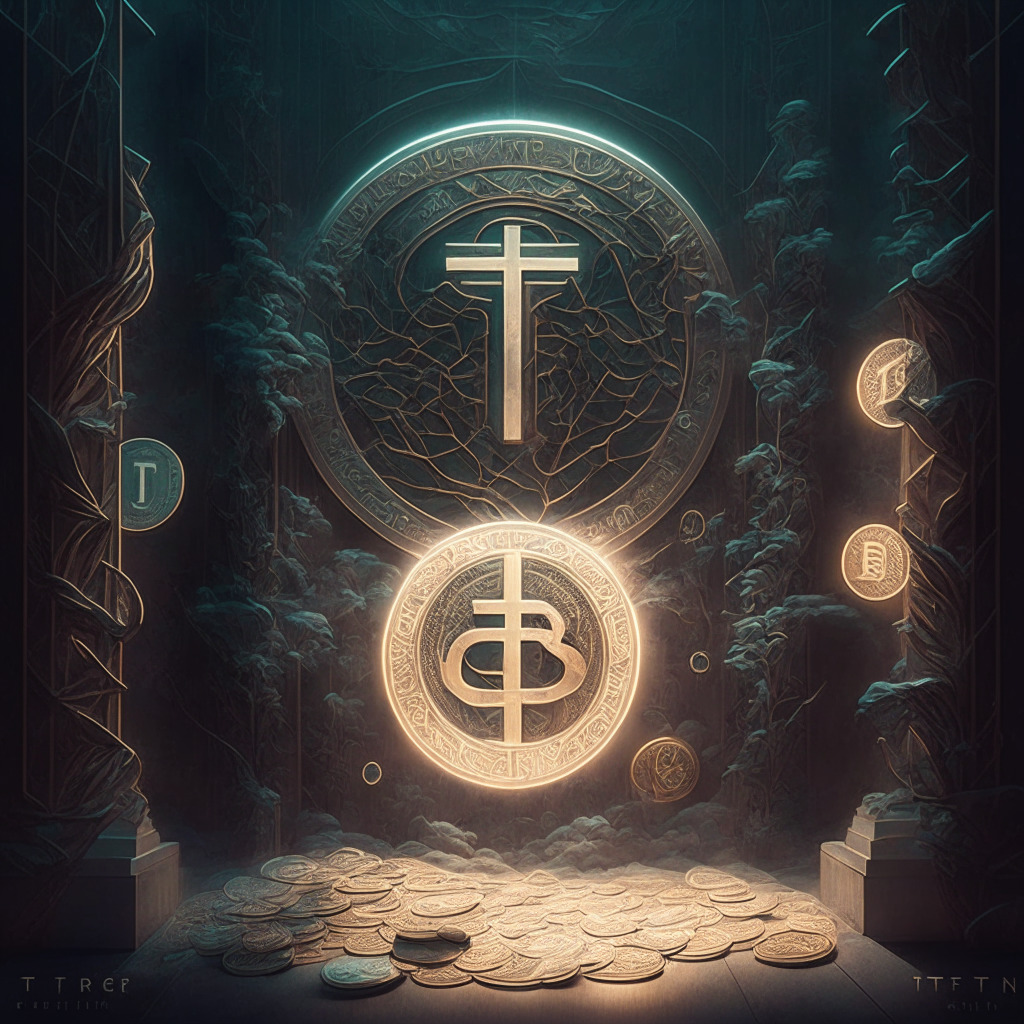Tether, the company behind the largest stablecoin USDT, seems to be taking a leaf out of Microstrategy‘s book by choosing to manage its reserves differently. The stablecoin issuer has announced its intentions to strengthen its reserves with the help of Bitcoin (BTC), moving away from United States-based government debts. This decision was revealed on May 17, when Tether stated plans to invest a portion of its profits into BTC on a monthly basis, with the intention to “regularly allocate up to 15% of its net realized operating profits towards purchasing Bitcoin.”
This announcement comes on the heels of the company’s latest quarterly financial report. In the report, Tether disclosed $1.5 billion in net profits, strengthening the case for BTC investment. Consequentially, the firm plans to keep all its BTC in self-custody, holding approximately $1.5 billion in Bitcoin at the end of the first quarter. This amounts to roughly 2% of its total reserves, while the remaining 85% lies in cash, cash equivalents, and other short-term deposits, primarily Treasury bills.
Tether’s move towards the world’s largest cryptocurrency is backed by solid reasons. Bitcoin has consistently proven itself as a long-term store of value, with its decade-long mammoth price rise and resilience against traditional financial failures. In fact, Paolo Ardoino, CTO of Tether, cited Bitcoin’s limited supply, decentralized nature, and widespread adoption as key factors that make it “[…] a favored choice among institutional and retail investors alike.”
There is an interesting parallel to be drawn between Tether and Microstrategy’s approaches to managing their respective reserves. The latter has actively replaced the U.S. dollar with Bitcoin in its reserve, albeit without a fixed time frame for its investment. Tether, on the other hand, intends to invest in Bitcoin by the end of every month.
While both companies have displayed a notable shift towards Bitcoin as a reserve asset, one must not overlook the potential risks associated with this strategy. As the original cryptocurrency, BTC is no stranger to price volatility, something that could impact the stability of Tether’s holdings. Despite this, many proponents of digital assets see this move as an indicator of the growing trust and adoption of cryptocurrencies.
Ultimately, it will be fascinating to see how the crypto industry and traditional finance sectors respond to Tether’s decision to bolster its reserves with Bitcoin. While Tether’s stablecoin product aims to provide stability, its own reserves may experience fluctuations due to its BTC holdings. This new strategy could potentially spark further debate on the role of cryptocurrencies as long-term stores of value, as well as their ability to challenge and complement traditional financial systems.
Source: Cointelegraph




